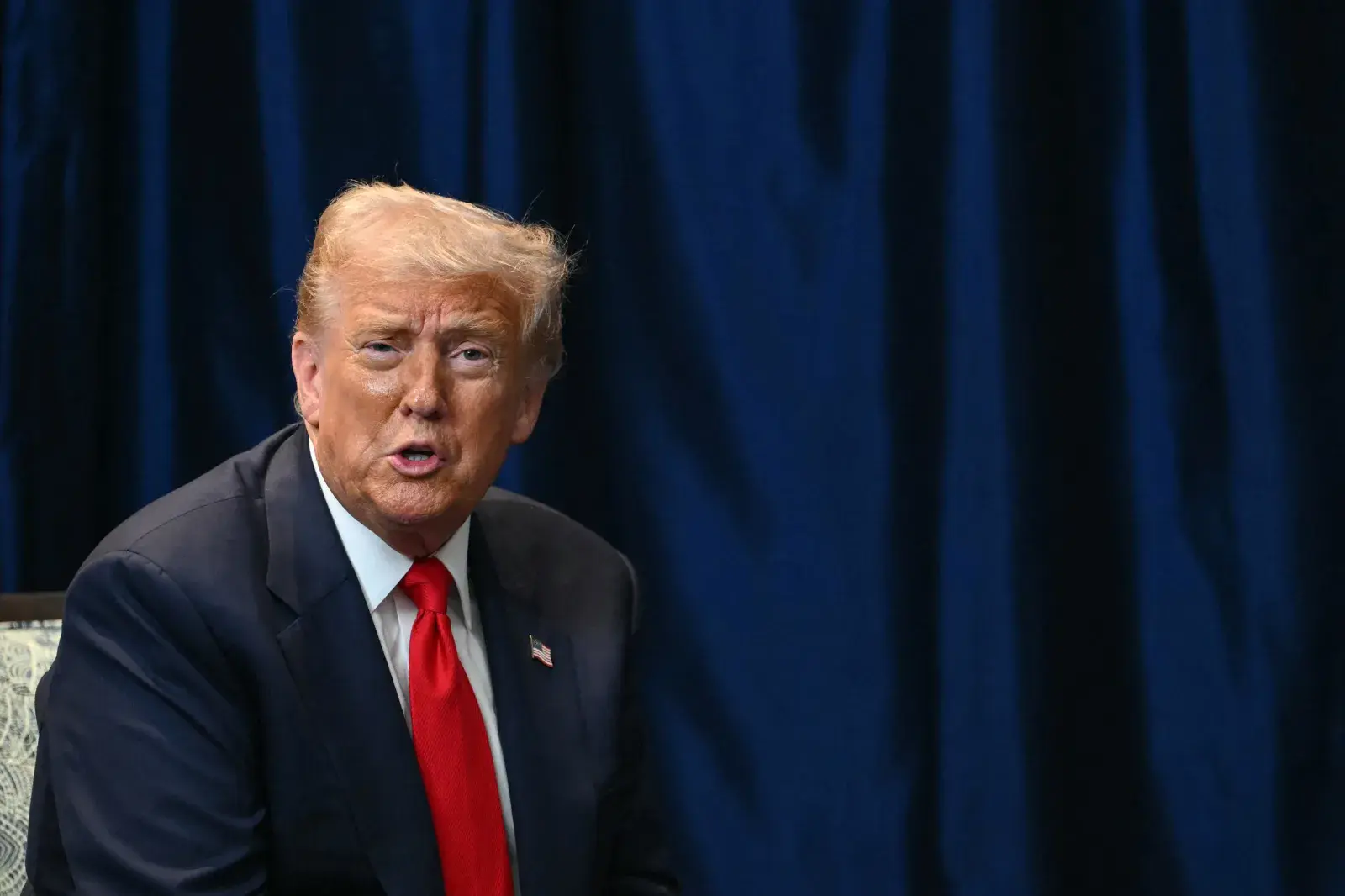Copyright newsweek

Trade tensions between the U.S. and China appear to have cooled, just days ahead of a meeting between President Donald Trump, who arrived in Malaysia on Sunday for the Association of Southeast Asian Nations (ASEAN) summit, and Chinese President Xi Jinping, with both sides saying they were close to a potential agreement. If a trade agreement between the two countries can be reached, it would reduce the risk of weakening the global economy. Why It Matters Conflict between U.S. and China trade has been rising for months and recently escalated after the U.S. threatened additional 155 percent tariffs on Chinese imports, in retaliation to Beijing placing new restrictive controls on the export of rare earth magnets, minerals, and technologies used to manufacture electronic devices and defense technologies. Trump’s presence at the ASEAN summit also comes as he looks to reengage with key Asian leaders and position himself as a global dealmaker as he expressed his desire for the U.S. to “be a strong partner and friend for many generations to come.” The success of these trade talks and deals not only impacts global markets but also reshapes the U.S.’ standing as a pivotal player in Asian economic and security dynamics, at a time when both American and Chinese influence are being tested. What To Know US President Donald Trump attends a bilateral meeting with Brazil’s President Luiz Inacio Lula da Silva on the sidelines of the 47th Association of Southeast Asian Nations (ASEAN) Summit in Kuala Lumpur on October 26, 2025. (Photo by ANDREW CABALLERO-REYNOLDS / AFP) (Photo by ANDREW CABALLERO-REYNOLDS/AFP via Getty Images) China’s recent restrictions on rare earth exports, critical for sectors like semiconductors and energy, prompted Trump to threaten additional tariffs. With fears of a broader economic slowdown looming, both sides have moderated their tone. Chinese trade negotiator Li Chenggang said on Sunday a “preliminary consensus” was reached, while U.S. Treasury Secretary Scott Bessent described talks as a “very successful framework.” Trump also voiced confidence, saying that both countries “want to make a deal,” setting the stage for a landmark Trump-Xi Jinping meeting in South Korea on Thursday. While the deal’s specifics have not been released, both sides have signaled that a resolution is within reach, even as core issues—such as manufacturing imbalances and access to advanced computer chips—remain unresolved. Beyond China, Trump oversaw an expanded ceasefire agreement between Thailand and Cambodia on Sunday, following earlier skirmishes. The U.S. has leveraged ongoing trade negotiations to support peace efforts, cautioning that non-compliance could affect future economic cooperation. Economic partnerships with Cambodia, Thailand, and Malaysia will target increased trade in critical minerals, aiming to diversify U.S. sources away from Chinese supply chains. The agreements include pledges to reduce or eliminate tariffs on U.S. goods and harmonize product standards for sectors such as automobiles, pharmaceuticals, and cosmetics. Thailand, for example, committed to cutting tariffs on nearly 99 percent of U.S.-made products, covering a range of U.S. industrial and food and agricultural products, and Malaysia agreed to refrain from banning or imposing export controls on critical minerals and rare earth materials. Vietnam, with a trade surplus of $123 billion, has also agreed to increase purchases of U.S. products to reduce the trade gap between the two countries. FILE – U.S. President Donald Trump shakes hand with China’s President Xi Jinping at the end of a press conference at the Great Hall of the People in Beijing on November 9, 2017. (Photo by FRED DUFOUR/AFP via Getty Images) What People Are Saying President Donald Trump, speaking to reporters on Air Force One, said: “I think we have a really good chance of making a very comprehensive deal…I want our farmers to be taken care of. And [Xi] wants things also.” Treasury Secretary Scott Bessent told CBS News: “Soybean farmers are going to be extremely happy with this deal for this year and for the coming years.” When asked whether the threat of a 155 percent tariff on China was off the table, Bessent said: “I would expect that the threat of the 100 percent has gone away, as has the threat of the immediate imposition of the Chinese initiating a worldwide export control regime. What Happens Next The highly anticipated Trump-Xi meeting in South Korea is expected to shape the trajectory of U.S.-China economic engagement for the coming years, especially with trade barriers and technology supply chains. If an agreement is reached, it may ease macroeconomic uncertainty and set a template for U.S.-Asia policy going into 2026. The new trade pacts with Thailand, Cambodia, Malaysia, and Vietnam are set to unlock new investment and market opportunities, with pr...



